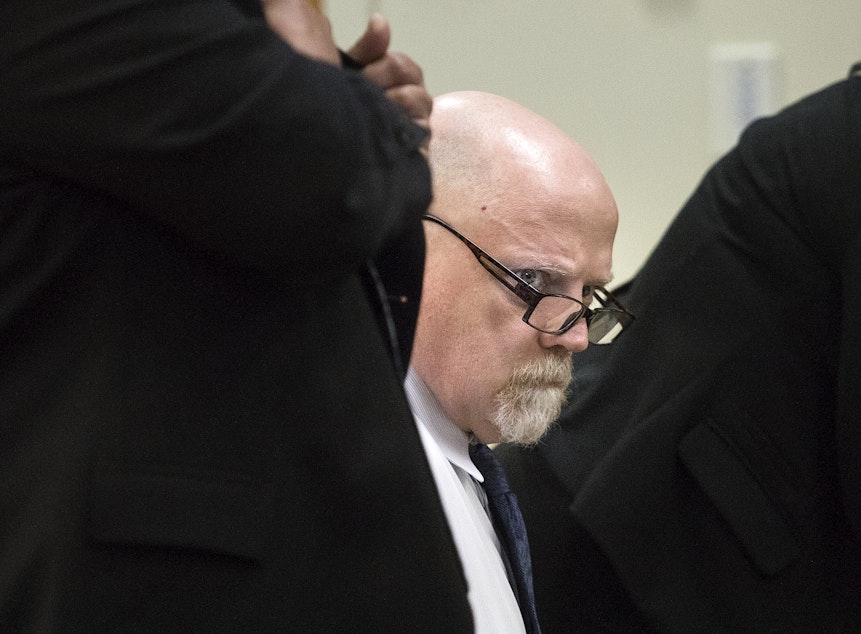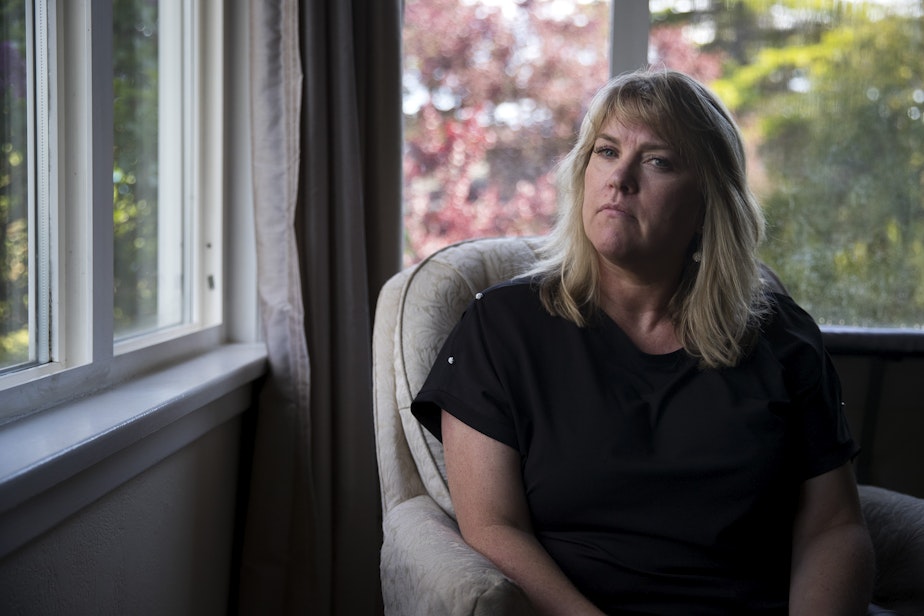A murder trial in Snohomish County will change genetic privacy forever

Friends say William Talbott II is a nice guy.
Police say he committed a brutal double murder.
His DNA may be the key to the truth.
Talbott has been living in the Snohomish County Jail in Everett, Wash for more than a year, awaiting trial in a case that has sparked interest around the country.
It will determine if he is guilty or innocent, under the law, of the brutal murder he's been accused of.
But it will also do much more: It will set a new precedent for how police can — or can't — use DNA in their search for a killer.

In November 1987, Tanya van Cuylenborg, 18, and Jay Cook, 20, both of Victoria, B.C., were on a trip to Seattle when they went missing.
Sponsored
The couple's family and friends grew concerned when they didn't check in.
“I knew instantly — instantly — there was something really, really wrong," said May Robson, van Culyenborg’s best friend. Robson said Cook and van Cuylenborg had been dating about six months when they disappeared.
“It just was not Tanya at all to not call her parents or turn up," she said. "Something bad had happened. I knew it.”
Robson was right. The couple's bodies were found a few days later, dumped in different counties in rural parts of Western Washington.
Detectives collected DNA evidence from van Cuylenborg's body and Cook's van. But at the time, genetic science wasn't advanced enough to lead them to a suspect.
Sponsored
The case went cold for more than 30 years, despite advancements in forensic technology and ever-growing genetic databases.
Then, a breakthrough: Last May, the Snohomish County Sheriff's office announced they had made an arrest.
This week, Talbot will get his day in court. Police say it was his DNA that law enforcement officers found at the crime scenes in 1987, and he stands accused of both van Cuylenborg's and Cook's murders.

To find him, police used a new forensic technique: Genetic genealogy. The same science was used to identify Joseph DeAngelo, the suspected Golden State Killer, who has been accused of killing 13 people.
Sponsored
Talbott's trial will be the first legal test of the technique.
To identify Talbott, Snohomish County Sheriffs teamed up with a company called Parabon NanoLabs. Genealogists from the company ran the crime scene DNA through a public DNA database called GEDMatch.
The original purpose of GEDMatch was to connect long-lost biological relatives by using results from commercial DNA companies like 23andMe and Ancestry.com. But Parabon was able to use the same technology to identify two relatives of the person who left his DNA at the crime scenes in 1987.
Investigators then built a huge family tree connecting those two people, and discovered the only male relative they had in common: Talbott. Police verified the crime scene DNA was his by testing a cup he discarded.
Genetic genealogy has been used to identify dozens of suspects and victims in crimes across the U.S.
Sponsored
But NYU Law professor Erin Murphy thinks people should be for more careful with their DNA.
"If somebody hacks your bank account or your credit card — or even your email — you just change your account ... or your password," she said. "But you can’t change your genomic code.”
GEDMatch recently changed its privacy settings so that users now have to opt-in to searches by law enforcement agents. But there's no indication that police will stop using this technique any time soon.
The results of Talbott's trial will inform how genetic genealogy can be used in other similar cases.
It may even determine how and if the Golden State Killer is convicted.
Sponsored
Joseph DeAngelo lives in a different prison, hundreds of miles away in California. Although his trial and Talbott's are markedly different, their fates are intertwined.





